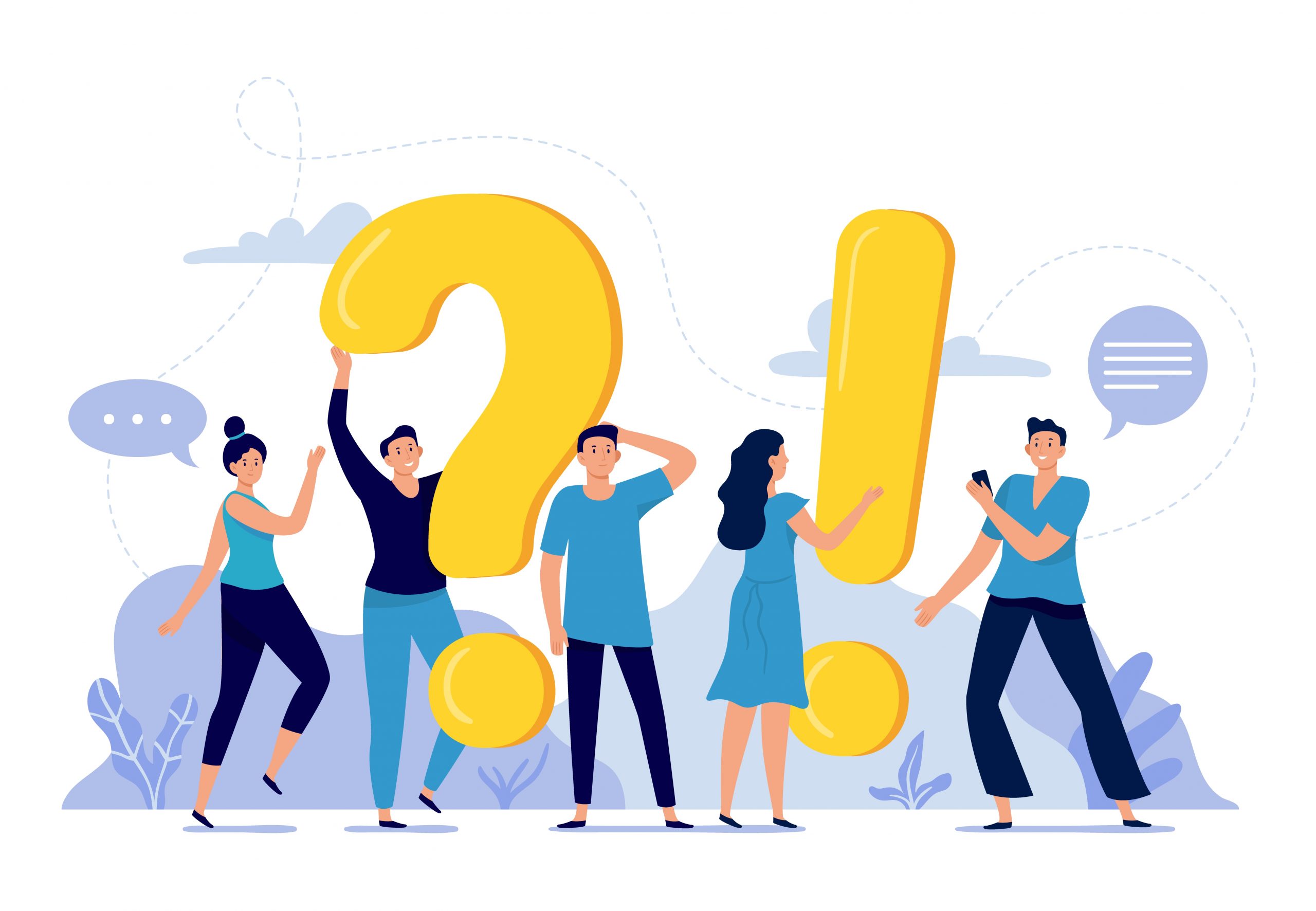Emails and Newsletter
@ 2024, Entrepreneur Redefined, Made with passion by GBNextGen LLP
Technically speaking an NFT is a unit of data stored on a blockchain, often the Ethereum blockchain, that certifies a digital asset to be unique and not interchangeable.
This can get pretty techie quickly, but let's say that an artist wants to sell a digital work of art for others to view on digital devices or the Internet. The artist can use the blockchain to sell that ownership to one or many people. Actually, the artist can sell ownership to one or many wallets capable of holding NFT’s.
This process enables several outcomes.
First it can be an efficient way for artists to monetize their artwork, particularly digital artwork. Second, it can be a way for art collectors to exchange (buy, sell, or trade) pieces from their collections.
So how does this work?
Using a common blockchain, like Ethereum, the transaction is created in an immutable record system (the blockchain) that confirms a certain wallet, not a person, holds the digital rights or representation to an asset.
For the most part today the digital assets are only displayable, or playable on an application medium like a website or a phone app, but there is sure to be innovation.
For example, in the future I may be able to buy the rights to a rare Pokémon in my zip code, thus a future app could be on my phone and the ownership rights memorialized on the blockchain, thus making me a real Pokémon trainer.
For more on the basics of NFTs, check out our YouTube video, “What Are NFTs, Part 1 of 5”.


Want to learn what an NFT really is and why it’s important to the creator community. Read on.